
While everyone else is showing off their latest gadgets at MWC 2016, OPPO decided to do something differently by showing us their latest Super VOOC technology, which is a live demonstration of a smartphone charging from 5% to 100% in just 15 minutes, as well as a new SmartSensor Optical Image Stabilization (OIS).

How the Super VOOC technology was able to charge the smartphone (2500 mAh battery) fully in just 15 minutes was using the low voltage 5V charger, this gives OPPO an upper hand over existing fast charge technology of Qualcomm and MediaTek. The smartphone was kept cool by the VOOC charger, and this improves charging efficiency preventing battery heating damage. Despite the amazing innovation, OPPO have stated that the technology is not available yet for any OPPO devices. Interestingly, last year Huawei also made a similar technology presentation in Japan.
In addition, OPPO also presented their proprietary image stabilization technological called the SmartSensor. Labeled as the world's first pixel-level OIS solution, what the SmartSensor does is employing a sensor-based 3-axis stabilizer (not all lens and motor-based solutions are 2-axis, even in flagship smartphones) to achieve a blur-free image shot and shake-less video in just 15 milliseconds, which is about 3 times faster than a standard 50 milliseconds reaction.
They also said the SmartSensor reduces power consumption and lens heating, with the usage of voltage-driven sensor that reduces electricity consumption to as low as 10 milliwatts. Furthermore, OPPO's SmartSensor precision is just 0.3 micrometers. Since traditional lens-based technologies normally have a precision of 3 – 5 micrometers, this makes the SmartSensor scale less than a third of a pixel (1 pixel = 1 micrometer).
Similarly to the Super VOOC technology, the SmartSensor is also not available yet on any OPPO devices for now. But these two technology could be a game changer in the future and will certainly put the company a step ahead than the rest.




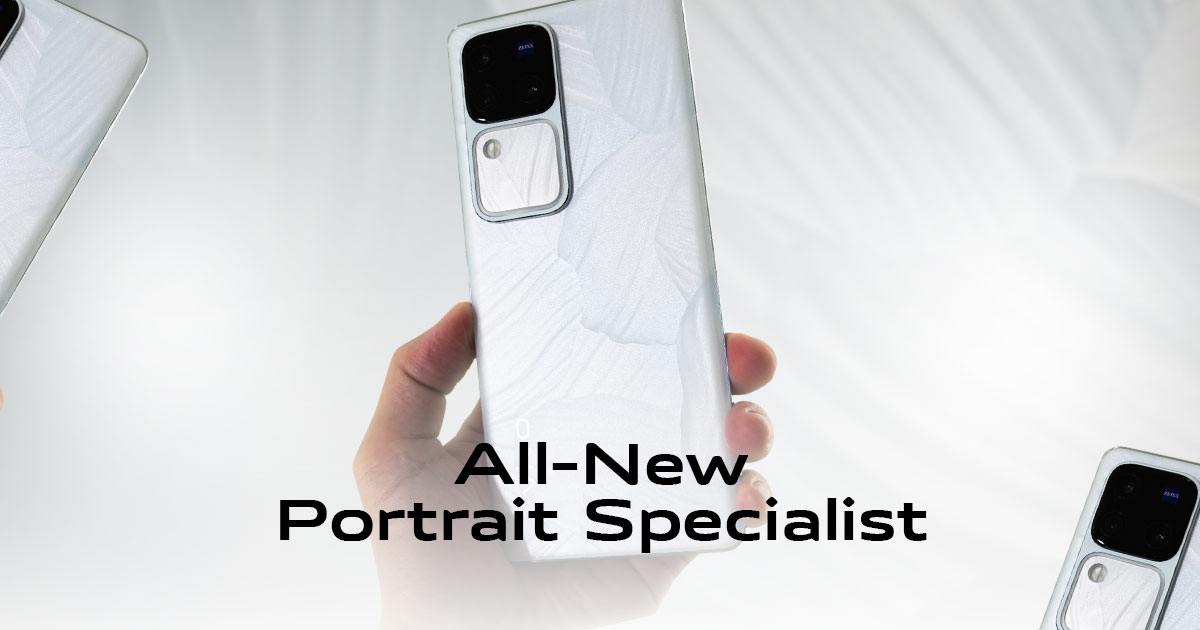

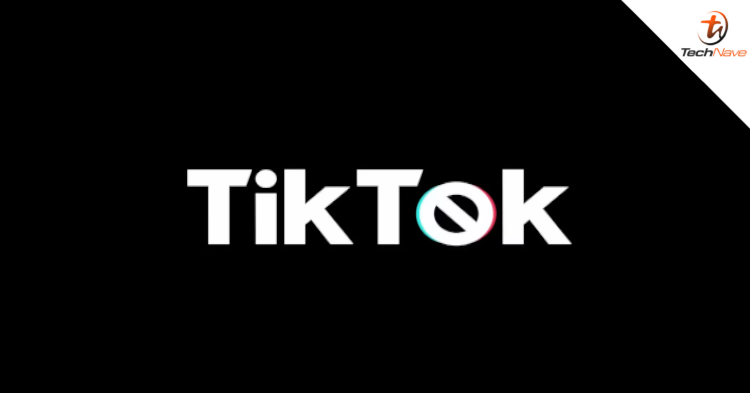
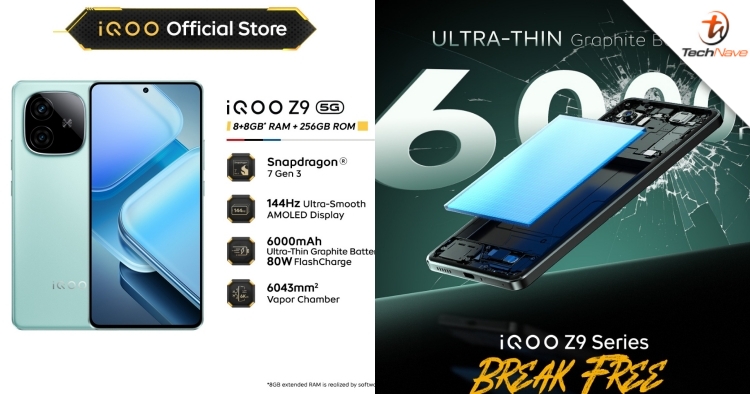
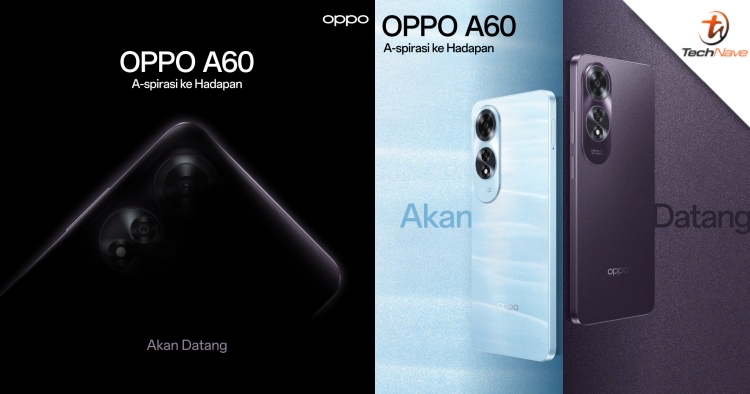
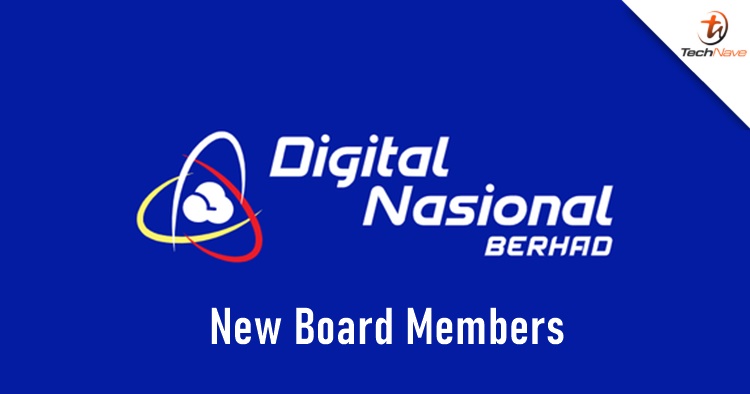
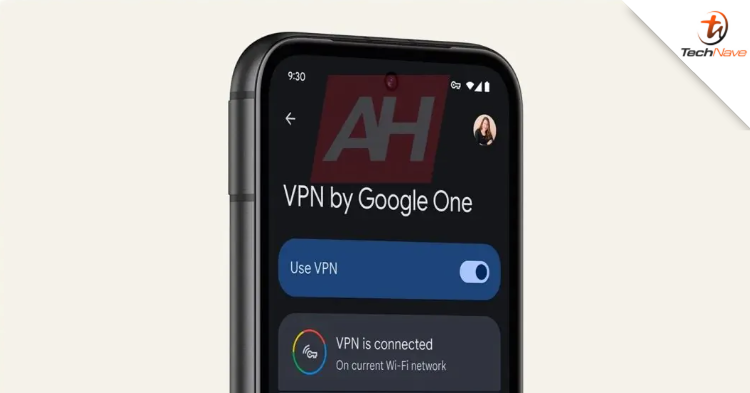
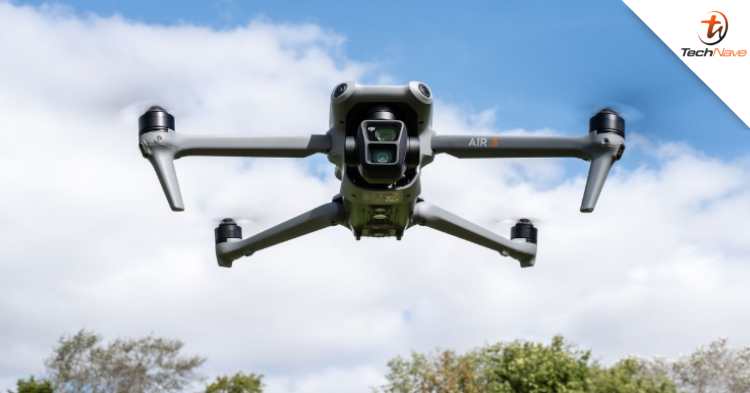
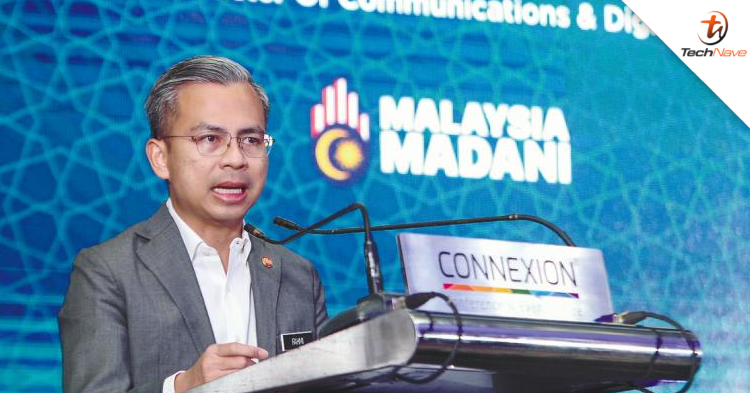
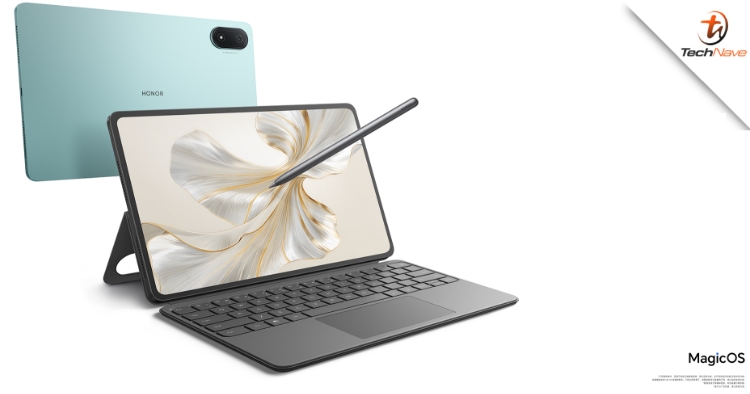
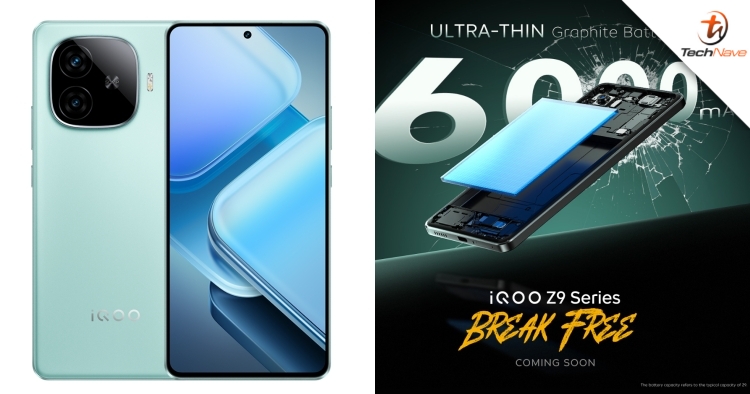
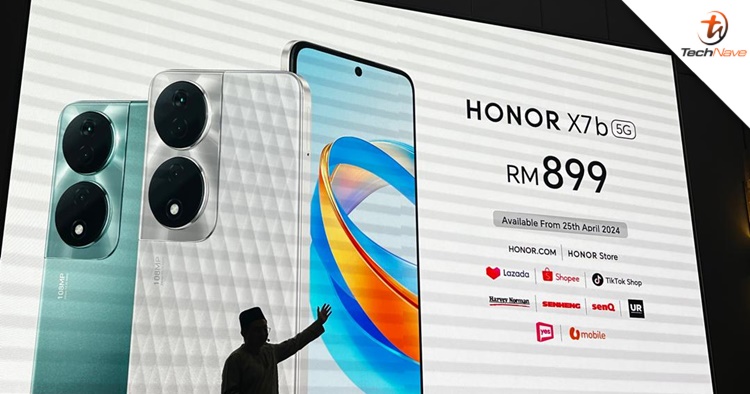
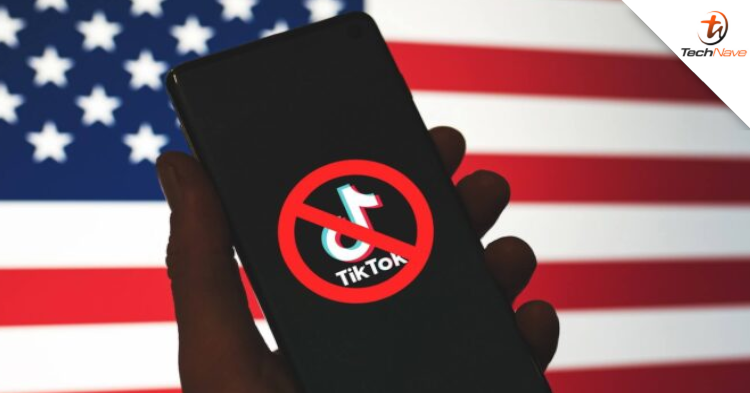
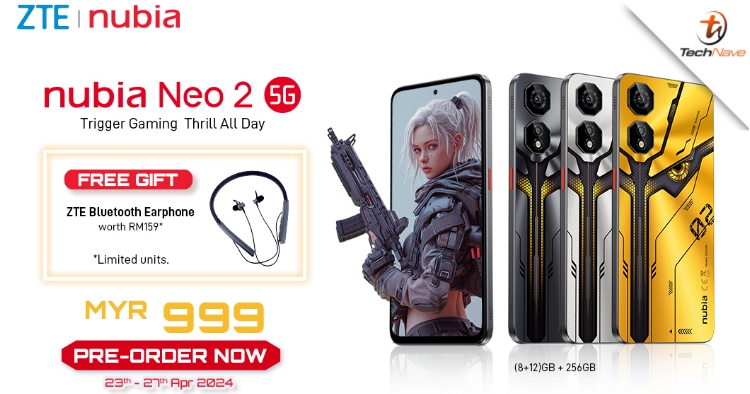
COMMENTS